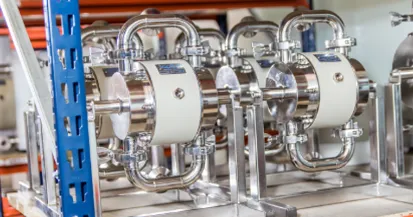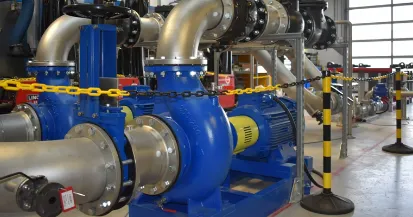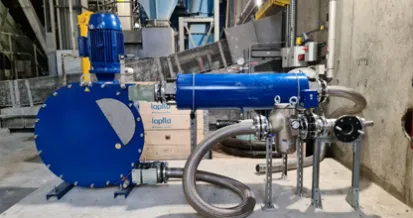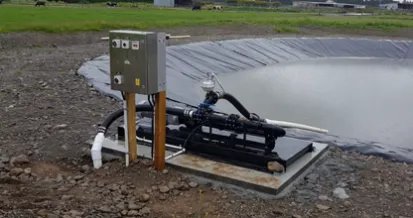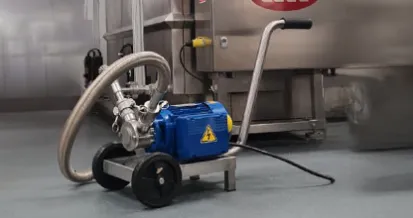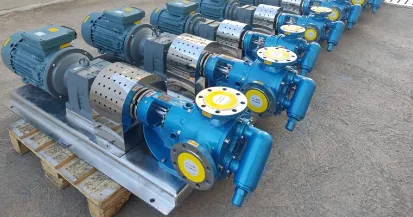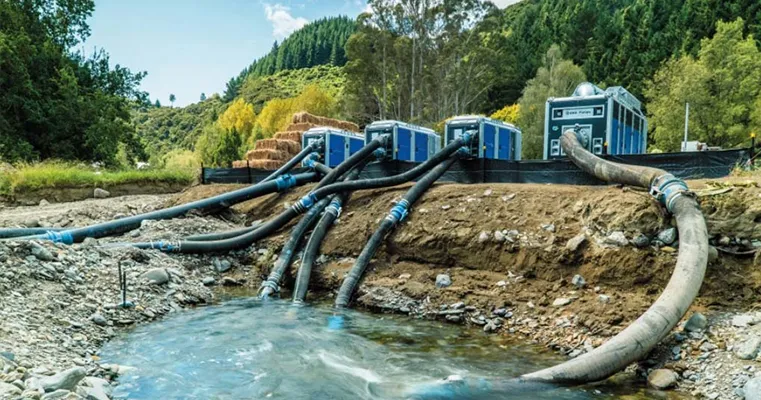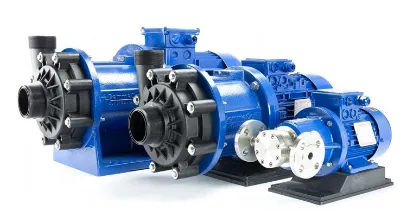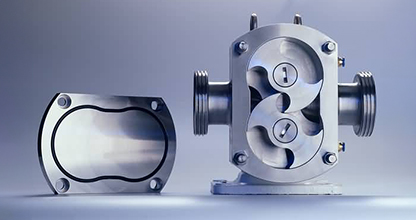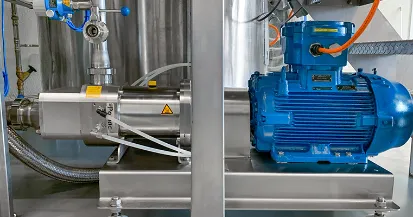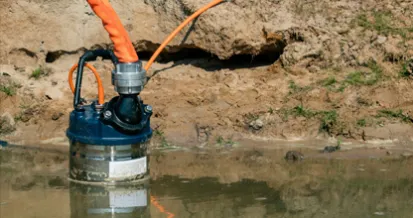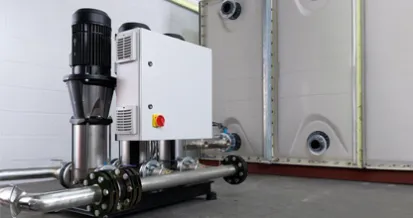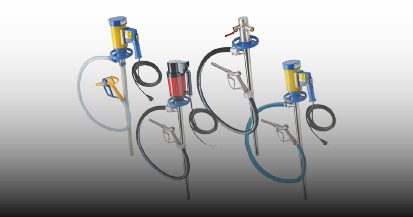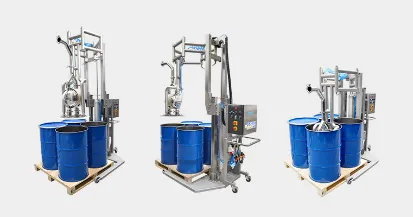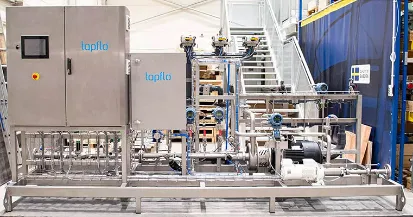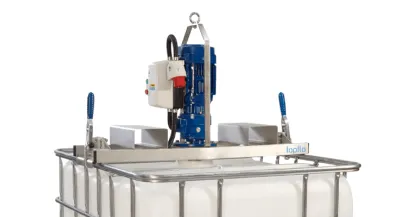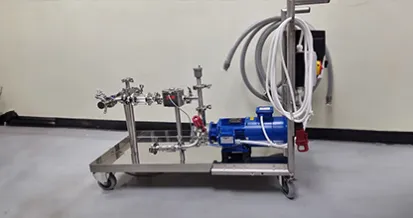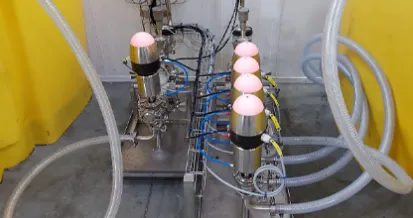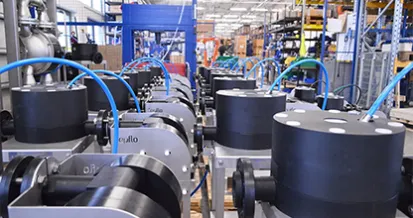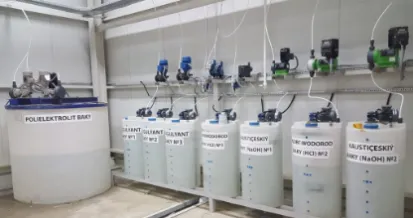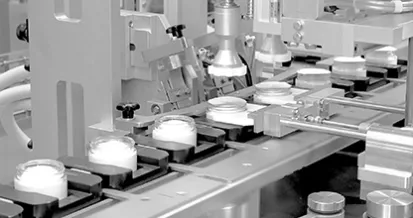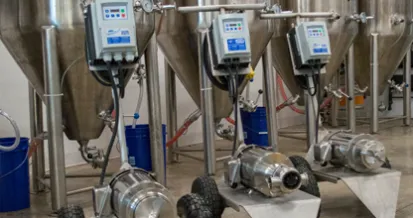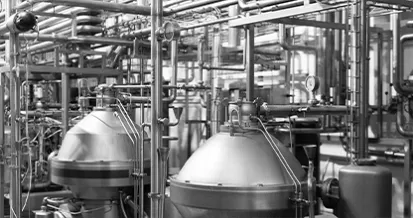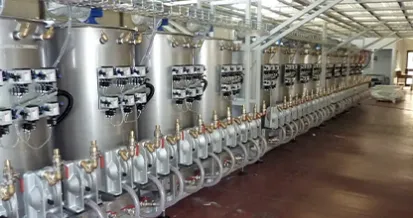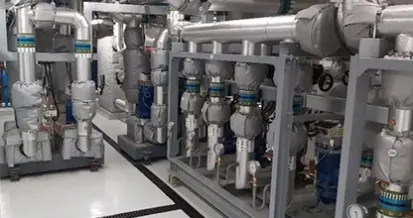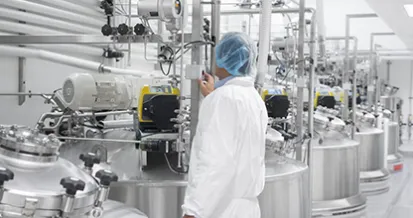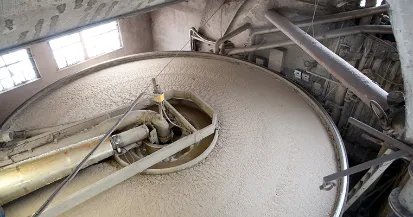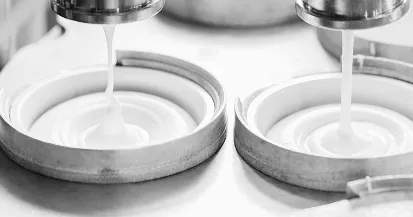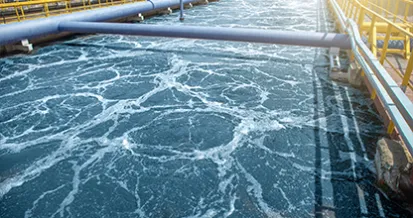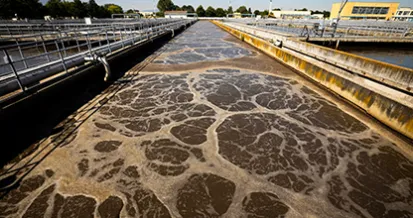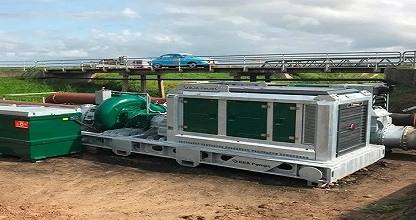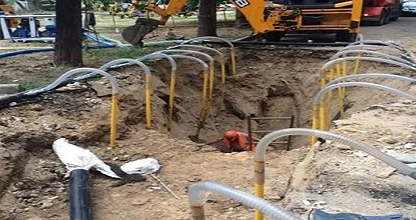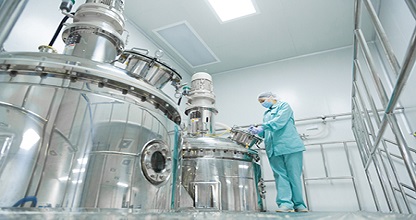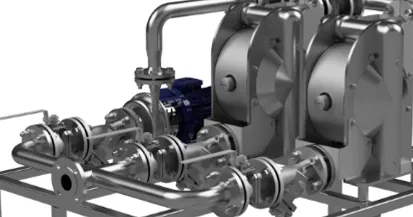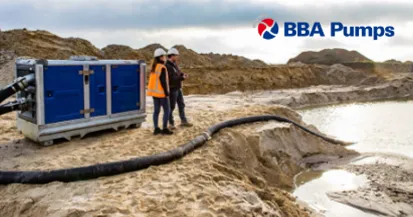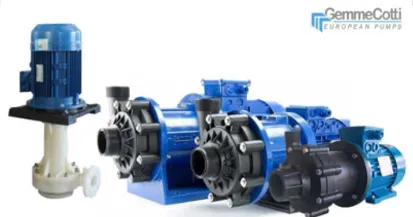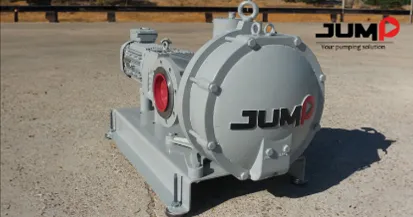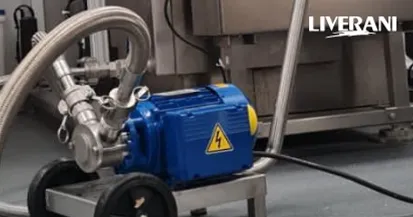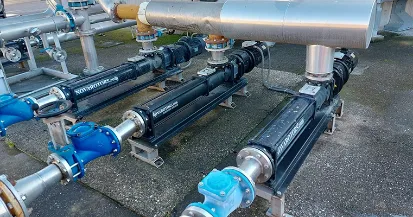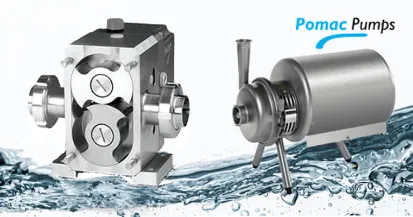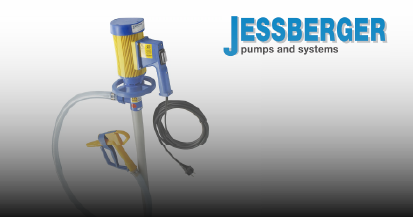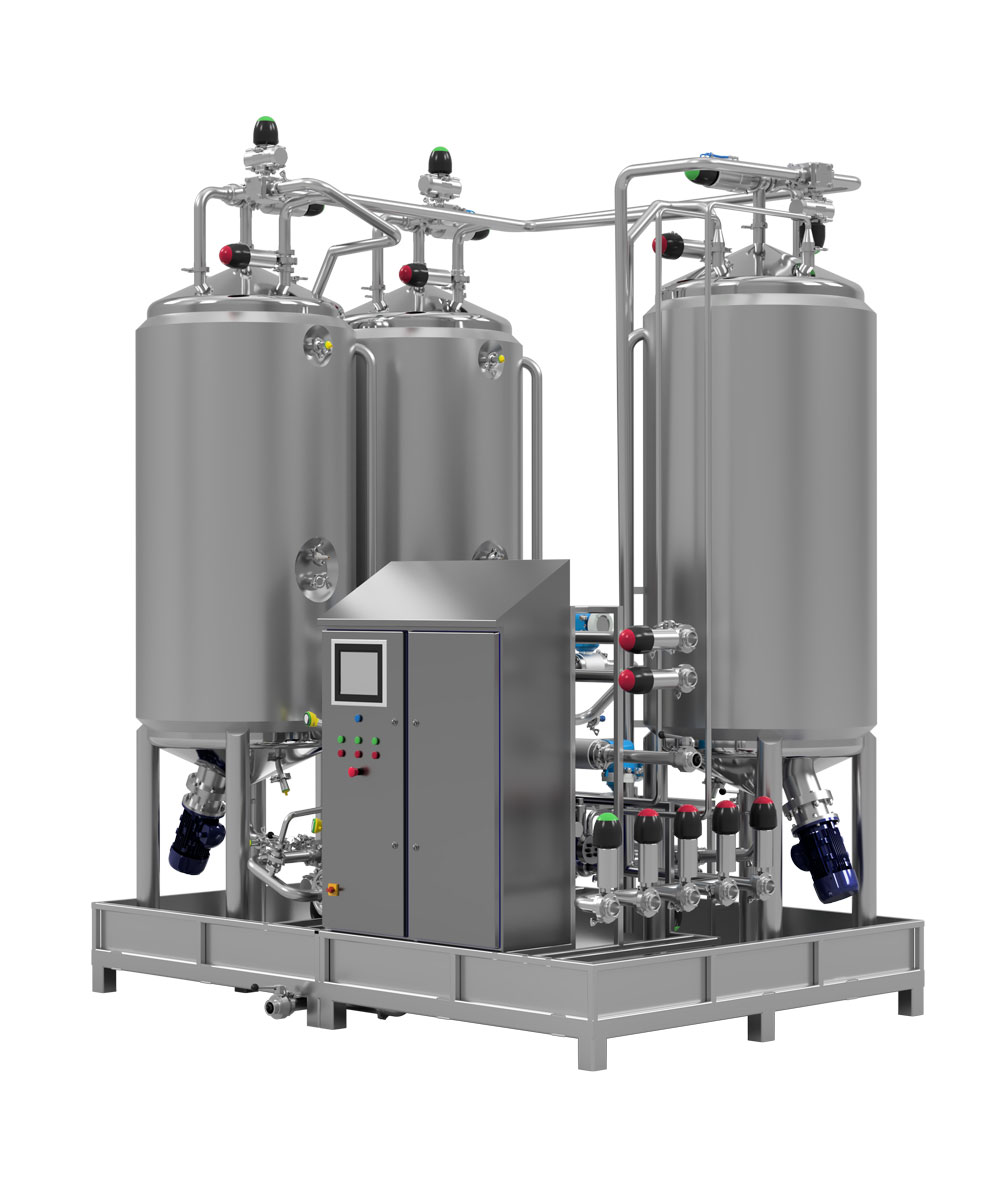Optimising Cleaning for Breweries, Food Grade, Cosmetics, and Healthcare Industries
Clean in Place (CIP) systems are automated solutions designed for cleaning the internal surfaces of process equipment without dismantling. By eliminating manual cleaning, CIP ensures hygiene, operational efficiency, and regulatory compliance. This guide explores CIP principles, benefits, and applications, with a focus on breweries, food-grade processes, cosmetics, and healthcare.
What is CIP and Why Is It Important?
CIP involves the circulation of cleaning agents through tanks, pipes, and other equipment to remove residues and contaminants. This method offers several critical advantages:
- Enhanced Hygiene: Prevents cross-contamination and ensures compliance with industry standards
- Operational Efficiency: Automates cleaning, reducing downtime and labour
- Safety and Compliance: Minimises chemical exposure for workers and ensures adherence to regulatory requirements such as FDA, HACCP, and cGMP
Principles of CIP Design
Key Parameters:
- Flow Rate: A minimum velocity of 1.5 m/s creates turbulent flow, essential for dislodging residues
- Temperature: Elevated temperatures improve cleaning efficiency; a 10°C increase can boost efficiency by 50%
- Chemical Concentration: Tailored detergent levels ensure effective cleaning for specific residues
- Contact Time: Sufficient exposure to cleaning agents optimises results
Tailored to Equipment and Processes:
- Pipe diameter and equipment geometry have an impact on system design (e.g., 3-inch tubes at up to 3 m/s flow rate, processing up to 24 m³/hour)
- Separate circuits for tanks and pipelines ensure even greater efficiency
- Consideration for CIP-ability: Ensure existing equipment is compatible with CIP systems
Critical Considerations for CIP Design:
- Circuit Balance: Output flow must slightly exceed input flow to prevent process tank filling and contamination
- Safety Break System: Separation between process and cleaning circuits ensures safety and prevents backflow
- Dead Leg Prevention: Minimise stagnant areas to enhance cleanability
- Tank Capacity: Larger tanks required for prolonged cleaning cycles
Steps of a Typical CIP Programme
| Stage | Operation | Cleaning Agent | Temperature (°C) | Time | Purpose |
| 1. | Pre-Rinse | Water | 20 – 30°C | 2 – 5 minutes | To Drain |
| 2. | Alkali Clean | 2% Caustic Solution | 70 – 90°C | 5 – 30 minutes | Re-Circulation |
| 3. | Inter-Rinse | Water | 20 – 30°C | 1 – 5 minutes | To Drain |
| 4. | Acid Clean | 1% Phosphoric Acid | 50 – 70°C | 3- 15 minutes | Re-Circulation |
| 5. | Inter-Rinse | Water | 20 – 30°C | 4 – 10 minutes | To Drain |
| 6. | Final Rinse | Quality (Purified) Water | 20 – 30°C | 4 – 10 minutes | To Drain |
| 7. | Air Purge | Sterile Air | 20 – 30°C | 2 – 4 minutes | To Drain |
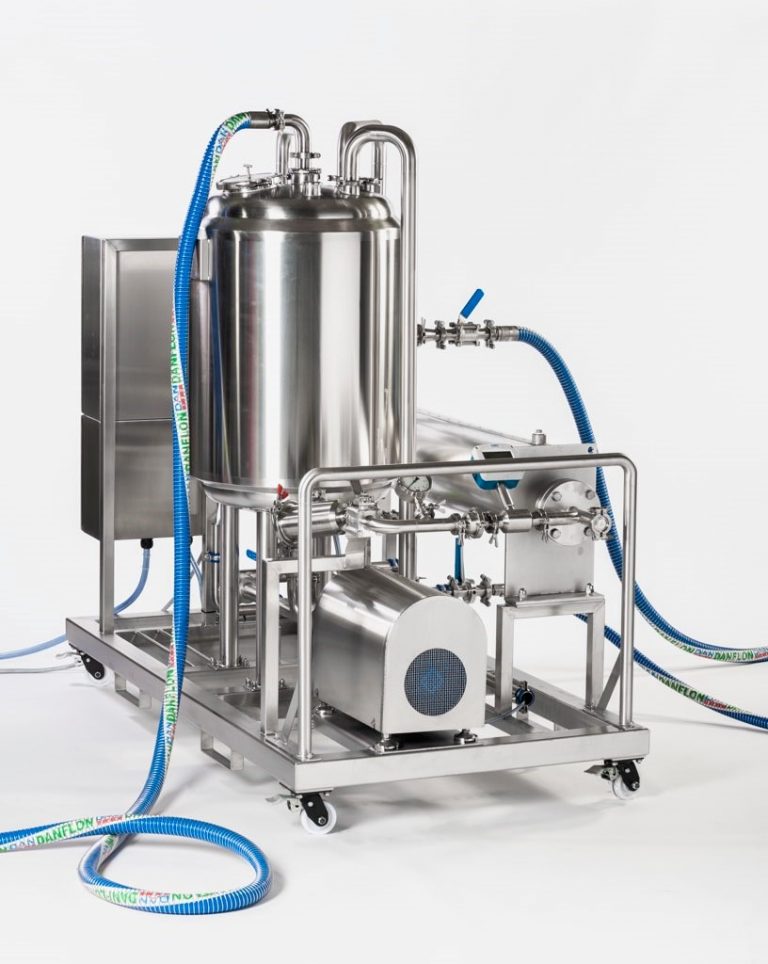
Applications in Key Industries
Breweries:
- CIP skids for start-ups to clean process lines with water
- Boil-out systems using 200-300L vessels with hot water to flush brewing systems
Food-Grade Processes:
- Tailored systems for cleaning mixers, tanks, and transfer lines
- Addressing both oily and sugary residues using acidic and alkaline solutions, respectively
Cosmetics:
- Cleaning tanks and piping to prevent cross-contamination between product formulations
- Importance of tank size for long-run times
Healthcare:
- Ensuring sterility in equipment for processing creams and lotions
- Systems designed to minimise bioburden and endotoxins
Types of CIP Systems
Clean in Place systems can be categorised based on their design, operational approach, and level of complexity. Each type has unique advantages and disadvantages, making them suitable for specific industries and operational needs.
Boil-Out (Fill/Flood) Systems:
These systems involve filling or flooding equipment with cleaning solutions to remove residues, particularly in systems with challenging geometries.
Advantages:
- Minimal specialised equipment required
- Effective for small-scale setups with complex piping or hard-to-reach areas
- Can accommodate solvent-based cleaning for difficult residues
Disadvantages:
- High water and detergent consumption
- Long cleaning cycles due to slower circulation
- Potential risk of incomplete cleaning in large setups
Preferred Industries:
- Food & Beverage: Cleaning equipment used for sticky or fatty residues, such as caramel or dairy-based products
- Cosmetics: Ideal for emulsifiers and other complex formulations
- Healthcare: Cleaning small, intricate equipment used for ointments and creams
- Breweries: Effective for small tanks with unique geometries, such as whirlpool systems in artisanal brewing
Total Loss Systems:
In Total Loss Systems, cleaning solutions are used once and discarded after the cleaning cycle.
Advantages:
- Simple design with minimal infrastructure requirements
- Ideal for infrequent cleaning schedules or scenarios where reusing cleaning solutions is impractical
- Reduces risk of cross-contamination
Disadvantages:
- High operational costs due to single-use cleaning agents
- Environmental impact from increased water and chemical disposal
Preferred Industries:
- Cosmetics: Ideal for small-batch production of high-purity products like organic or allergen-free formulations
- Specialty Food Products: Cleaning allergen-specific lines to prevent cross-contamination (e.g., nut-free chocolate)
Single-Use Recirculation Systems:
These systems recirculate cleaning agents during the cleaning cycle and dispose of them after use.
Advantages:
- Highly flexible for varying cleaning parameters like temperature and detergent concentration
- Lower cross-contamination risk compared to re-use systems
- Efficient for small-to-medium-scale setups
Disadvantages:
- Higher running costs due to one-time use of cleaning solutions
- Limited scalability for very large operations
Preferred Industries:
- Breweries: Cleaning medium-sized tanks and pipelines for beer production with moderate residue buildup
- Food Processing: Useful for facilities processing viscous products like sauces or syrups
- Dairy & Beverages: Cleaning milk tanks or juice pipelines where residue build-up is common
- Cosmetics: Suitable for mid-scale production of lotions and creams
Re-Use Systems:
Re-Use Systems are highly efficient, involving multiple tanks for storing cleaning agents, which are used repeatedly across cleaning cycles.
Advantages:
- Cost-effective for large-scale operations with high cleaning frequency
- Reduces water and detergent usage, lowering overall running costs
- Customisable with multi-channel options for acid, alkaline, and water
Disadvantages:
- High upfront capital expenditure for installation
- Greater potential for cross-contamination if not maintained rigorously
- Complex design requiring skilled operators and monitoring systems
Preferred Industries:
- Breweries: Large-scale operations cleaning fermenters, Brite tanks, and kegging lines
- Food & Beverage: Efficient for cleaning high-capacity tanks used in beverage manufacturing
- Healthcare: Multi-channel systems for acid, alkaline, and water circuits to clean healthcare manufacturing equipment
Mobile CIP Units:
These are portable systems that can be moved between different equipment and areas for cleaning.
Advantages:
- Highly flexible and ideal for small operations with space constraints
- Requires minimal installation and infrastructure
- Adaptable to different cleaning needs across multiple units
Disadvantages:
- Limited capacity, unsuitable for large-scale operations
- Challenges in maintaining consistent heating and circulation in some configurations
Preferred Industries:
- Boutique Breweries: Cleaning small fermenters and transfer lines
- Artisanal Food Producers: Ensuring hygiene in small-batch food production
- Cosmetics Labs: Flexibility to clean small tanks and mixers used for R&D or custom formulations
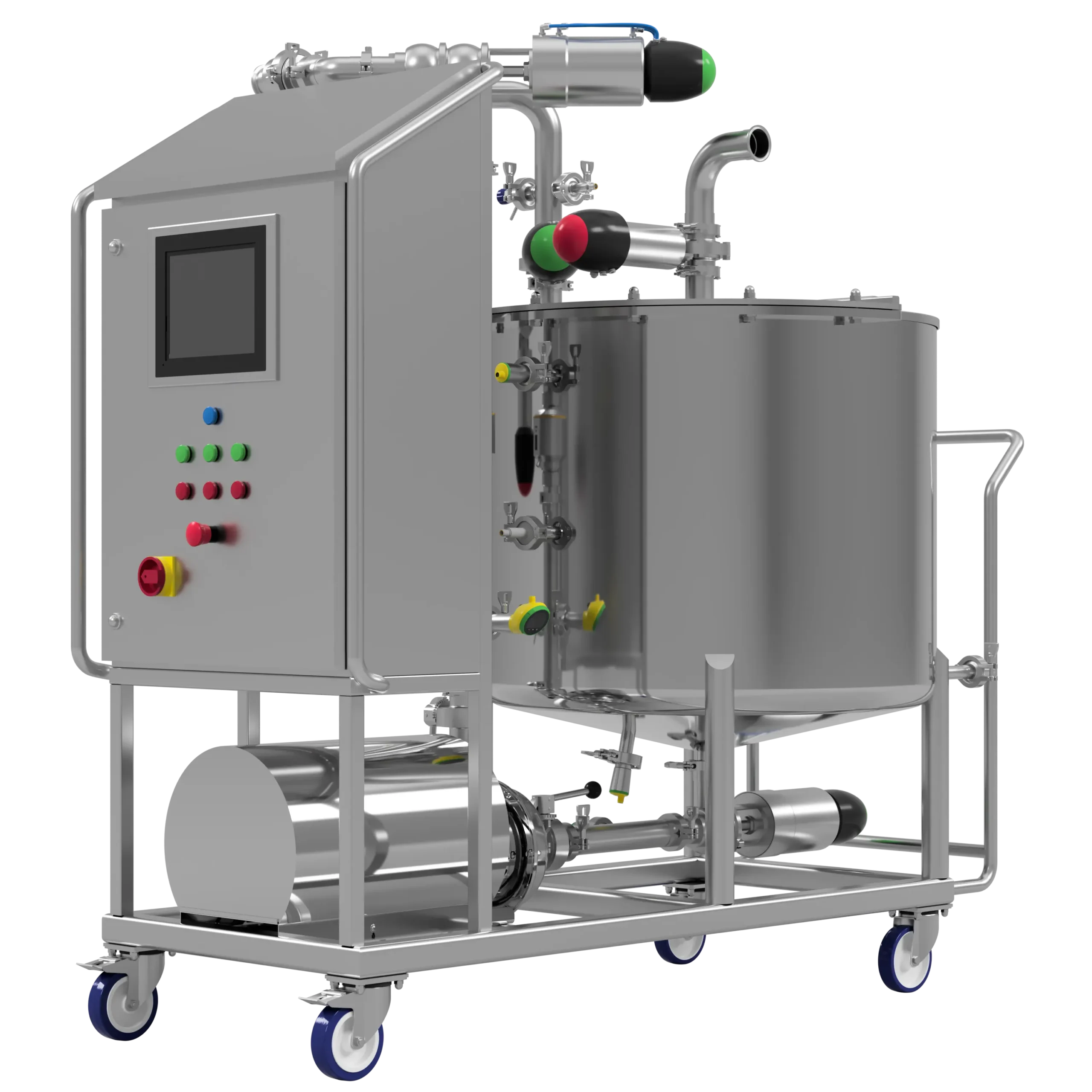
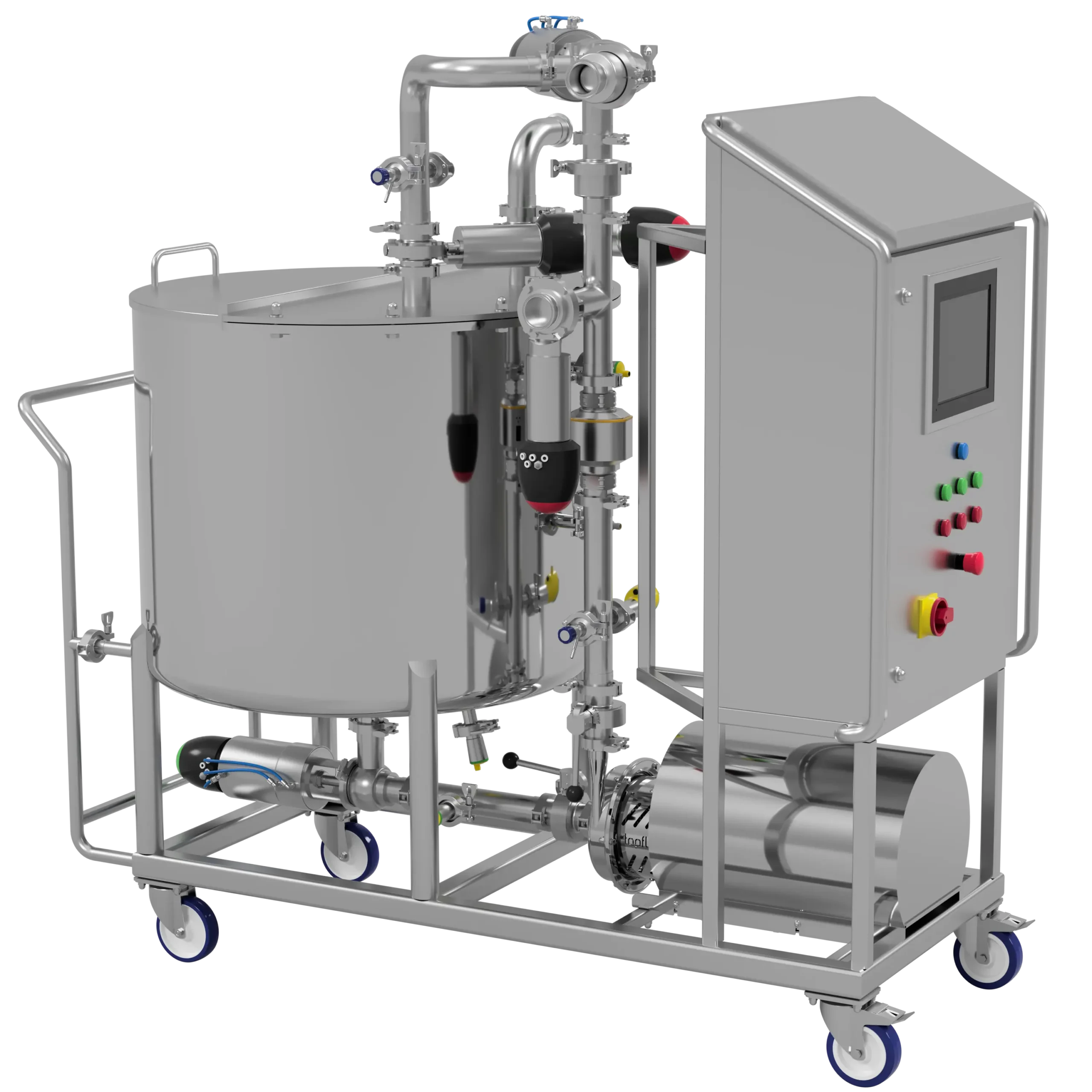
The Role of Tanks in CIP Systems
Tanks play an important role in CIP systems, acting as reservoirs for cleaning agents and rinse water. Suitable tank design and capacity are critical for ensuring effective and optimised operations.
Key Types of Tanks in CIP Systems:
- Detergent Tanks: Used to store alkaline or acidic cleaning solutions. The size of this tank depends on cleaning cycle frequency and detergent reusability
- Rinse Water Tanks: Hold water for intermediate and final rinses and are critical for operations prioritising low contamination and water efficiency
- Heated Water Tanks: Essential for systems requiring elevated temperatures to improve cleaning efficiency
- Multi-Compartment Tanks: Used in Re-Use Systems, allowing multiple cleaning agents to be stored and recycled during cleaning cycles
Tank Sizing Considerations:
- Cleaning Volume: Ensure the tank capacity matches the total volume of equipment being cleaned
- Cycle Frequency: High-frequency operations may require larger tanks or automated refilling capabilities
- Residue Type: Systems cleaning high-residue equipment (e.g., dairy or cosmetics) need larger tanks to accommodate concentrated cleaning agents
- Energy Efficiency: Insulated tanks help maintain temperature, reducing heating energy costs
Key Considerations for Selecting a CIP System
- Scale of Operations: Large facilities benefit from Re-Use Systems due to cost and resource efficiency, while smaller operations or those with variable production cycles may opt for Single-Use or Mobile units
- Residue Type and Cleaning Frequency: Oily or sugar-laden residues in food-grade industries require systems with robust chemical handling, while Healthcare applications prioritise sterility, making Single-Use or Total Loss Systems more suitable
- Budget and Long-Term Costs: Initial costs for Re-Use Systems are higher, but in turn lower the running expenses, while Total Loss Systems might seem cheaper initially but incur higher recurring operational costs
- Environmental Impact: Re-Use Systems align better with sustainability goals by reducing water and chemical waste, while Single-Use Systems may require advanced waste management solutions to minimise ecological footprint
- Flexibility and Customisation: Mobile units and Single-Use Systems are ideal for operations requiring frequent reconfiguration, while fixed systems like Re-Use or Boil-Out setups are better for consistent, large-scale production environments
CIP Validation
CIP Validation is a critical process in ensuring Food and Beverage, Cosmetics, and Healthcare production lines are free from contaminants, allergens, and chemical residues. Recent incidents, such as reports of residual chloride in production factories, highlight the importance of robust validation measures to prevent potential risks.
At Tapflo UK, our CIP Systems incorporate conductivity meters to validate cleaning cycles, ensuring that no chemical residues, including chlorides, remain in the system. This real-time monitoring provides immediate confirmation that rinse cycles have effectively removed all cleaning agents, safeguarding product safety.
Additionally, data logging capabilities offer full traceability of each cleaning cycle. Our systems record:
- The time and location of each cycle
- Conductivity levels throughout the process
- Final rinse results to confirm no residual chemicals
This validation process not only ensures compliance with food safety regulations but also enhances consumer confidence in product quality. By implementing a data-driven validation approach, manufacturers can minimise contamination risks, optimise cleaning efficiency, and maintain the highest hygiene standards.
CIP System Comparison Table
| Criteria | Re-Use Systems | Single-Use Systems |
| Solution Tanks | 2 – 5 tanks | 1 or none |
| Flexibility | Poor | High |
| Cross-Contamination | Higher risk | Lower risk |
| Initial Costs | Higher | Lower |
| Running Costs | Lower | Higher |
| Outcome | Cost-Efficiency | Cleaning Quality |
Investing in a robust and well-designed CIP system ensures consistent product quality, enhances operational efficiency, and complies with stringent safety and hygiene standards. By understanding the nuances of CIP systems and tailoring them to specific industry needs, businesses can achieve sustainable growth while maintaining the highest levels of safety and efficiency.
Reach out to the team to learn more about how we can support your CIP requirements.

